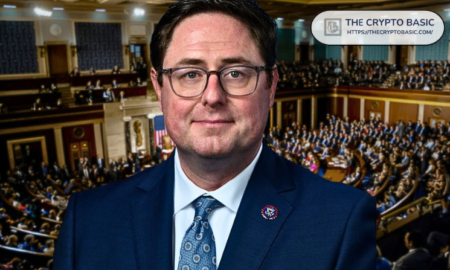The Ripple versus SEC saga continues to stir controversy within the cryptocurrency community, with the latest focus falling on divergent views regarding former SEC chief William Hinman. Hinman’s role in shaping regulatory perceptions of digital assets has sparked heated debate, particularly within the XRP community.
A recent social media exchange involving Miles Jennings, General Crypto Counsel at a16z, ignited discussions around Hinman’s legacy. Jennings defended Hinman’s contributions, praising his efforts to provide clarity on how cryptocurrencies could operate within existing securities laws.
However, this viewpoint faced sharp criticism from XRP enthusiasts, who labeled Hinman as “corrupt” and called for accountability.
I think that is the issue Marc, not the technical value of the speech but, given the conflicts, referring to Ethereum & opining on the current status of its offers and sales (in 2018) as not investment contracts, giving it a huge market advantage over other market participants
— bill morgan (@Belisarius2020) April 4, 2024
The debate intensified as Marc Fagel, a seasoned SEC veteran, acknowledged the complexities surrounding Hinman’s tenure. While Fagel recognized the potential ethical issues, he emphasized the validity of the regulatory framework proposed by Hinman. This prompted further scrutiny from the XRP community, with concerns raised over potential conflicts of interest and market advantages favoring Ethereum.
Adding fuel to the fire, Ripple CTO David Schwartz entered the fray, challenging Fagel’s assessment of Hinman’s contributions. Schwartz highlighted discrepancies in Hinman’s correspondence, suggesting a need for reassessment of his impact on securities law development.
The contentious discourse underscores broader tensions within the cryptocurrency space, where regulatory ambiguity intersects with commercial interests. As Ripple’s legal battle with the SEC unfolds, the crypto community grapples with the implications of regulators’ and officials’ actions and their ramifications for the industry at large.
Read the full article here









